(Pease, read again as I just added to this postage.)
Something must be done or those Dyckias will succumb to shadows.
Weeds, clever clovers.
Their onion like bulbs are deep into the substrate and they multiply themselves in a geometric basis. The remedy is to remove the plants, cut their roots, clean them well,remove the substrate and if you want to use it again you must boil it. Boiling will kill the clover bulbs and any other germ. Once the substrate is in its place use fertilizer to recover and recompose it.
Here I have three large adult Delicata rubra plants and they are going to be uprooted and dislodged. I have a sen head Dyckia pseudodelicata.
Hummmm..what an opportunity to put them close together to show their similarities and differences.
We shall see soon.
So I did:
I removed the delicatas three large adult plants all rubra form.
sifted the substrate to get the clover small onions, reinvigorated it and then I boiled it to get rid of any nematode and boil any left clever clover onion.
..and guess what/
What an opportunity to show Dyckia delicata rubra and Dyckia pseudodelicata rubra!
So I did it...
Above, a Dyckia delicata rubra. Big and flat but delicatas can be small and ball shaped, look the left area here on this first page Blog. You will see a small ball shaped white Dyckia delicata.
Below. Dyckia delicata on the left and Dyckia pseudodelicata on the right.
Below you see a large Dyckia delicata rubra and in the background a Dyckia pseudodelicata.
Oh, a pile of Dyckias.
The top ones are Dyckia delicata, these I uprooted to remove the clever clovers.
Below, Dyckia pseudodelicata are on the right.
Below, a pseudodelicata close-up.
Below, Dyckia delicata is on top
Yes, Dyckia pseudodelicata is a true species and well described by a scientist from South.
Dr. Henrique Mallmann Brünecke.This young Brazilian botanist is studying Dyckias and taking them seriously.
I do hope the pictorial show helps you to the acquainted to pseudodelicata.
My pseudodelicata never bloomed here but I am expecting some flowers soon.
Flowers tell more of a Dyckia species than other hints and characteristics.
See you soon:
Constantino Gastaldi
.










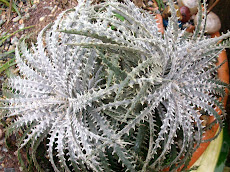



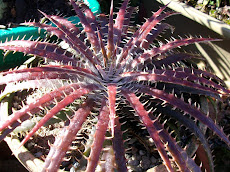
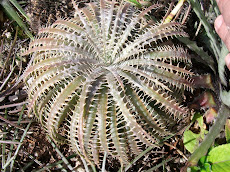
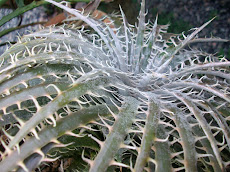

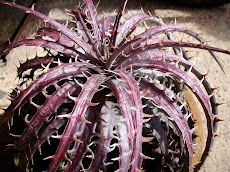

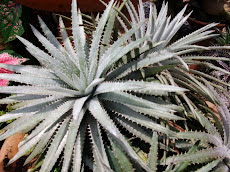

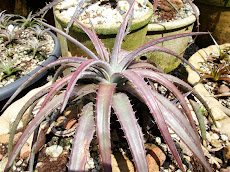
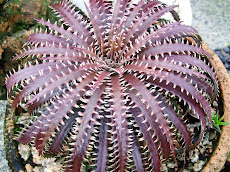

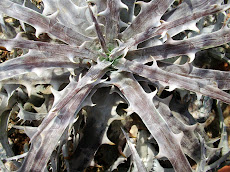
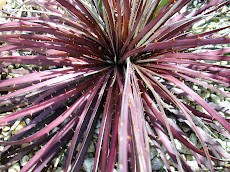
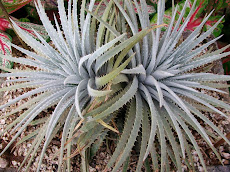
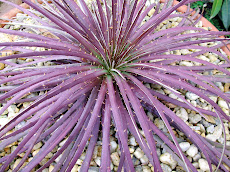
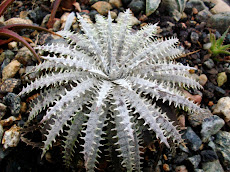
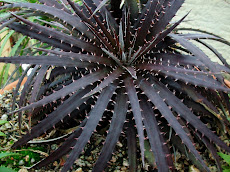
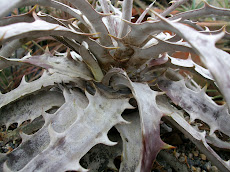

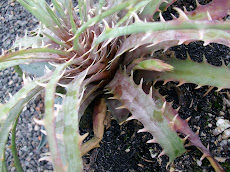

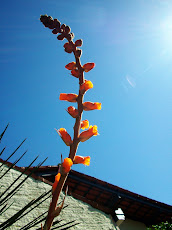
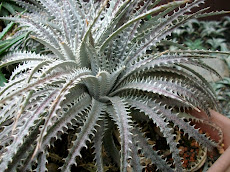

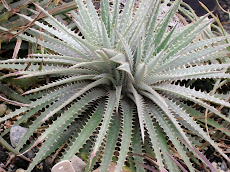
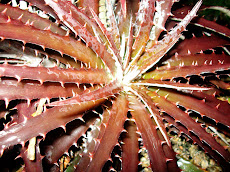
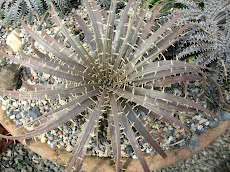

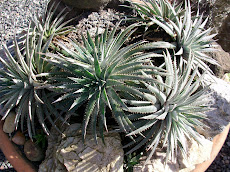
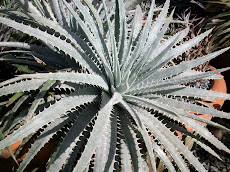

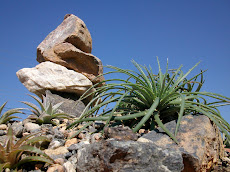
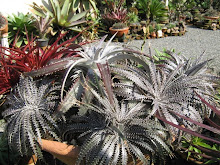
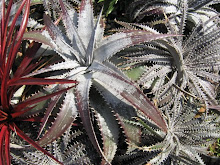
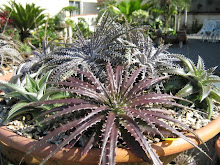
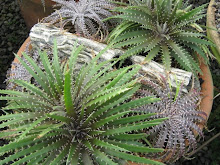
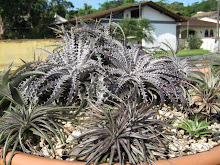
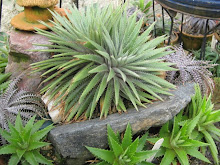

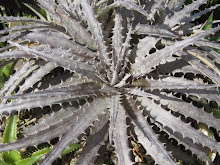
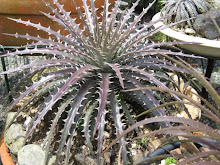
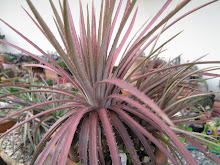

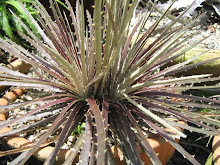
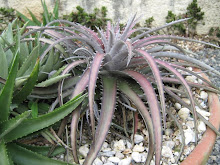
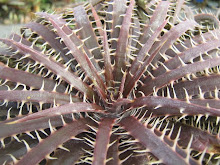



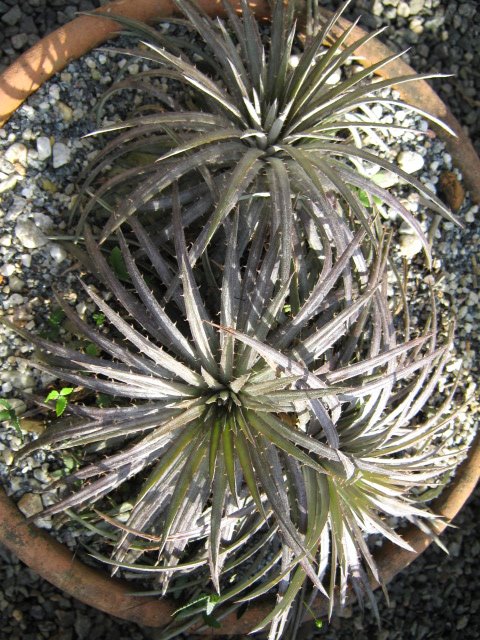
No comments:
Post a Comment